An old Second World War era bridge in North Vancouver B.C. was demolished and removed at the same time a five-lane bridge was under construction, while traffic kept moving across both the existing and new structures.
"The bridge was staged in two stages, so the south half was constructed first beside the existing bridge, and then traffic was kicked on to the new bridge, said Doug Larlee, project manager with the primary contractor B&B Heavy Civil Construction.
"We demolished the existing bridge, which allowed the foot print of the new bridge to extend out to the north. So, basically the second half of the new bridge was built in the same footprint as the old bridge."
The $14-million Keith Road Bridge Replacement project is being undertaken in three stages, which began with the construction of a new structure to the south of the existing bridge.
This was done so traffic could continue to flow on the existing bridge.
"In order to start off construction and build the abutments for the first stage of the new bridge, we had to install temporary shotcrete shoring," said Larlee.
"This allowed us to excavate vertically beside the existing abutments down to the required elevation."
The shoring system provides temporary support for the existing Keith Road Bridge while the site was excavated in preparation for the new adjacent bridge.
BelPacific and Davies Geotechnical were subcontracted to work together on the design and delivery of the temporary shoring.
For stage one, the girders were assembled on one side and launched in pairs.
They were assembled on rollers and pushed out to their centre of gravity, where a crane on the other side hooked on and assisted with the rest of the launch.
Once the southern side of the new bridge was completed, traffic was diverted from the old two-lane bridge. This allowed for the demolition of the old bridge and construction of the northern side of the new structure.
The two new structures will be joined to create the completed five-lane bridge.
The new structure to the south of the existing bridge was shut down for a weekend in May, so the old bridge could be lifted out of its position and sent for scrap to China.
"Figuring out the best method to dismantle and dispose of the existing bridge was the biggest challenge of the project," said Larlee.
"It was by far the most risky and challenging aspect, but it went very smoothly. It had lead paint primer on it, so we couldn’t hot cut anything. This would melt the lead paint and be toxic for workers."
The existing bridge was designed by W.G. Swan Consulting Engineering in 1946.
Larlee said the old bridge was structurally sound, but had reached the end of its lifespan.
"We moved the bridge on the weekend of May 14 and 15 (2016) and then the week after that we sheared it with a hydraulic sheer on an excavator," said Larlee. "It was a pretty simple process to dismantle the steel bridge. We extended sliding beam over the new bridge and moved the bridge over by dropping it on to 14 dollies. It was then carted off to the side where we could dismantle it and not have to work over water."
Six out of eight concrete bays in the old steel bridge had to be removed to make it light enough to be jacked up and moved to the side of the road.
B&B built timber chutes underneath the old structure to remove the concrete deck and slide the debris to the edge of the river.
The concrete was removed, while demolition crews used jacks to lift the 360-tonne bridge up about eight feet in elevation.
From there, the old bridge was slowly slid across a series of steel beams over the new bridge and lowered onto a series of wheeled hydraulic dollies.
The old bridge was then rolled west and off the roadway where it was cut apart.
As soon as the old bridge was gone, contractors begin driving piles for the second half of the new bridge.
"For stage two it was much a lot easier, because we could pull the girders up on the new bridge," said Larlee.
"So the crane could just pick the girders off the truck and basically plop them straight into place.
A construction crew with two 270 ton cranes put the steel girders into position.
Each girder weighed about 160,000 lbs, and was two metres high and 51 metres long.
Construction began in May 2015 and is scheduled for completion in October 2016.
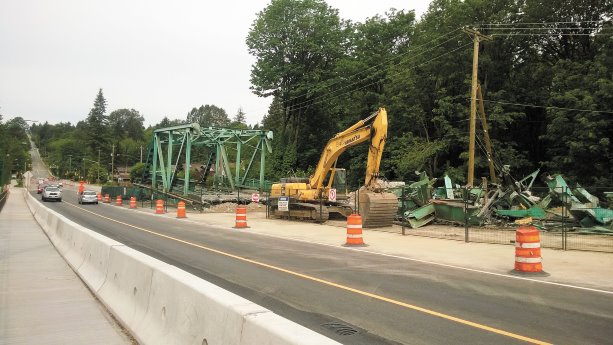
1/2
The traffic on the southern side of the new Keith Road Bridge in North Vancouver moves along, as the old structure is demolished on the side of the road and construction starts on the northern side of the structure. The southern side of the bridge was closed and the old bridge was moved to the side and cut into pieces with a hydraulic sheer on an excavator.
Photo: James Lewis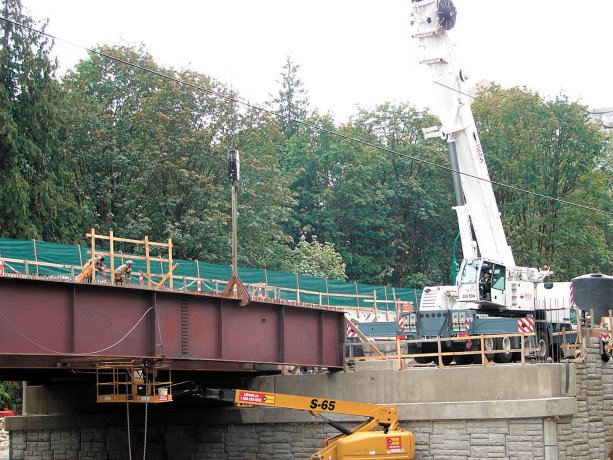
2/2
As soon as the old bridge built in the 1940s was demolished


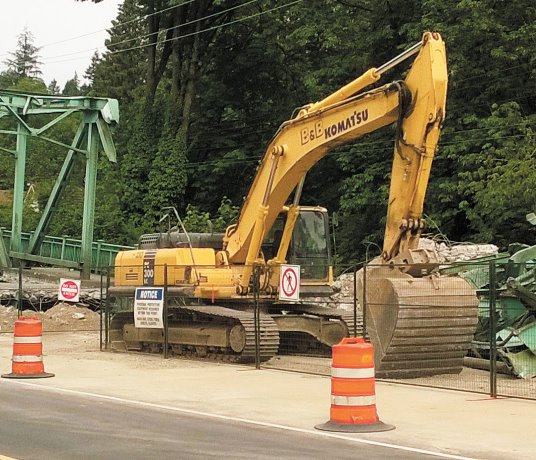

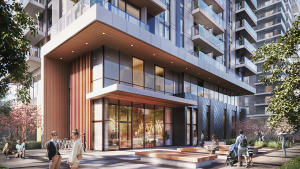
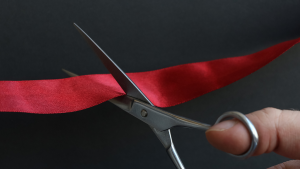


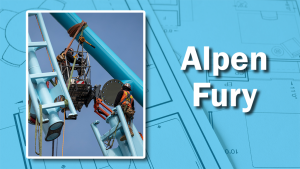
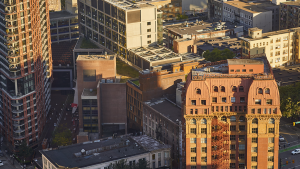

Recent Comments
comments for this post are closed